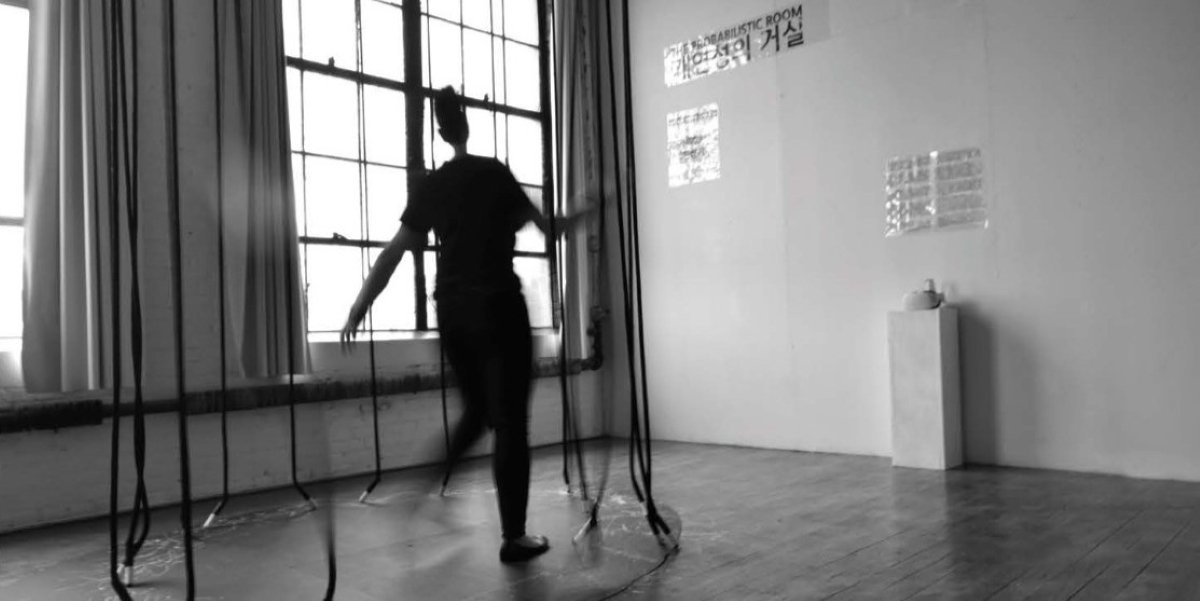By: Jessica Fabus Cheng
When Jessica Fabus Cheng lost part of her voice due to thyroid cancer, she feared it might hinder her ability to lead. Instead, she discovered a new way to use her voice—by becoming a strong advocate for accessibility today.
A registered nurse turned speaker, pageant titleholder, and podcast host of All the Best with Jess, Jessica now leads Accessibility in Action, a platform designed to help brands move from intention to inclusion. Her work isn’t only about compliance—it’s about fostering connection. And connection begins with the basics.
Here, she outlines the five most common accessibility mistakes brands make in their digital content—and how small, thoughtful changes can make a significant impact.
Treating Captions as an Afterthought
Captions have become common on most platforms, but Jessica observes that many brands still rely on auto-generated versions that can distort meaning. Names get misspelled, nuances are lost, and viewers who depend on captions, such as those who are deaf, hard of hearing, or simply watching silently, may be overlooked.
“Captions aren’t just a box to tick,” she often says. “They’re a bridge to understanding.”
Ignoring Alt Text
For blind and vision-impaired users, alt text is essential. However, Jessica points out that many creators either skip adding it or use generic placeholders. Alt text should offer value, rather than merely repeating the caption.
Example: “Three women in colorful dresses clinking champagne glasses at brunch” provides context and vibrancy, which screen readers can relay, enabling richer engagement.
Using Unreadable Hashtags
When hashtags run together in lowercase (#thisiswhyaccessibilitymatters), screen readers struggle to interpret them. Jessica advises using CamelCase—capitalizing the first letter of each word—to make them more accessible to everyone (#ThisIsWhyAccessibilityMatters).
“It’s a quick fix that can improve the experience for many,” she explains.
Overcomplicating the Message
Accessibility also requires clarity. Jessica highlights the importance of plain language: simple sentences, active voice, and clear structure. This approach benefits everyone, from neurodivergent users to those with cognitive disabilities, or even a tired parent scrolling late at night.
“If your content needs a translator, it’s not as inclusive as it could be,” she says. “Accessibility is simplicity with soul.”
Choosing Low-Contrast Designs
Appealing visuals don’t always mean practical ones. Designs with low contrast, such as light gray text on white backgrounds, can be hard to read for users with low vision or color blindness. Jessica recommends prioritizing contrast for both aesthetics and accessibility.
“Think of a street sign,” she says. “It works because it’s bold and clear.”
Accessibility Starts With Intention
Jessica’s personal journey fuels her professional mission. After surviving rare thyroid cancer and adapting to life with a vocal disability, she realized that many people are excluded from the digital world, not due to a lack of interest, but due to a lack of access.
Her Triple A Framework—Awareness, Allyship, Action—guides her efforts. Whether she’s training brand teams, raising future guide dogs with her husband and daughter, or speaking on stage, Jessica advocates for a future where accessibility is integral, not optional.
“Accessibility isn’t just a nice-to-have,” she says. “It’s a leadership trait. It shows people they matter—even before they say a word.”
To learn more about how your brand can take action, visit www.jessicafabuscheng.com.










